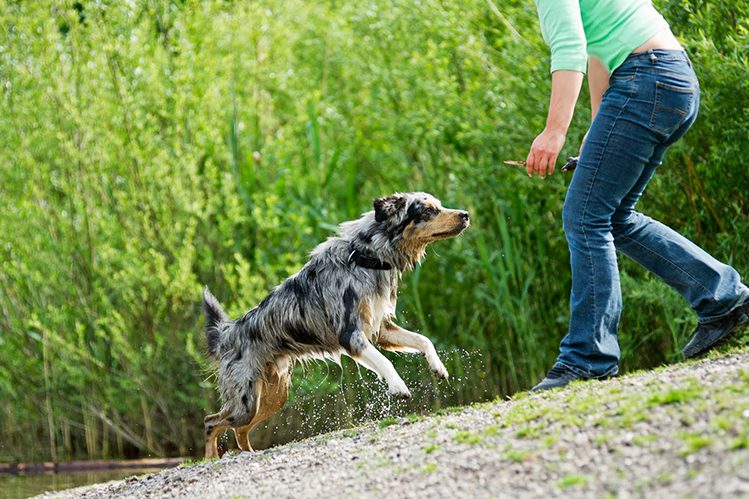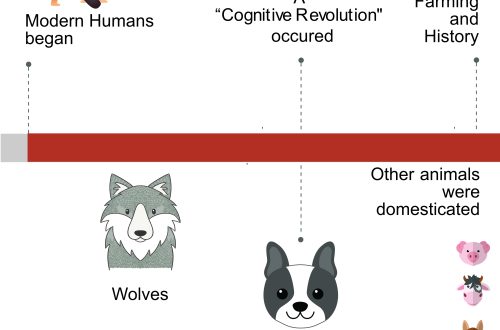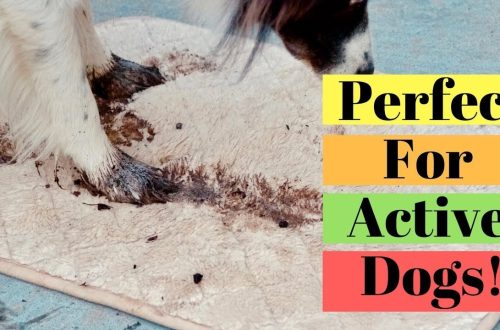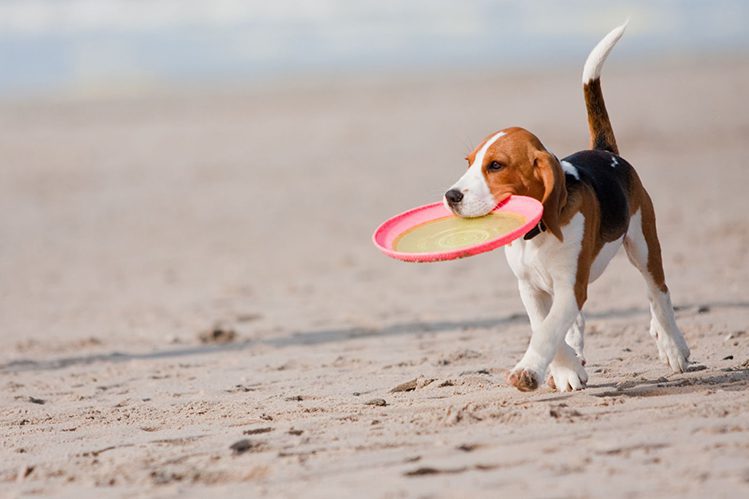
How to teach a dog to follow commands?
“There are no bad students – there are bad teachers.” Remember this phrase? It does not lose its relevance in the case of the upbringing and training of dogs. 99% of a pet’s success depends on the knowledge of the owner and the correct approach to classes. Yes, each dog is individual, and often there are four-legged friends of a person who completely refuse to obey commands. But to any, even the most capricious pet, you can find an approach. The main thing is to be attentive, take into account the breed and individual characteristics of the dog, set correct tasks for it and use effective methods of motivation. The latter will be discussed in our article.
Before moving on to the methods of motivation, let’s define what it is. For clarity, let’s look at an example.
Suppose you want to teach a dog to overcome a snake of obstacles, but he is in no hurry to complete the task assigned to him, because he does not see any need for it. In order to achieve a result, you need to interest the dog, stimulate it to perform a specific action. This is motivation, it is she who shapes the behavior of the dog. But how to arouse interest, how to teach a dog to follow commands?
Several methods of motivation come to the rescue, the main of which are food, verbal (intonation), power, play, etc. How you manage to interest a pet directly depends on his character, temperament, as well as his preferences. For example, active, energetic dogs will gladly complete the task assigned to them for the prospect of chasing their favorite ball. This is a game method of motivation.

Affectionate, sensitive dogs are ready to please the owner with anything, just to earn his approval and verbal praise. This is an intonational (or verbal) method of motivation. Other dogs are most effectively affected by forceful methods: in particular, pressure on the dog’s croup makes him obey the “sit” command. But nutritional motivation is rightfully considered the most effective (especially for puppies and young dogs), because it is based on the needs of life support (the need for food) and by default is the strongest.
Contrary to popular belief, not every dog perceives words of approval as praise. Many self-sufficient pets generally treat words and intonation rather indifferently. The owner of such a dog will first of all have to earn her respect and love – and only after that his intonation will become important for the pet.
If the dog refuses to follow the commands, we are talking about insufficient motivation. Review your approach to training and make adjustments to it.
Think about it, have you ever met a dog completely indifferent to treats? It is unlikely that there will be a person who will answer this question in the affirmative, because our pets, like us, are by no means alien to the desire to taste goodies. The use of treats in the training and educational process allows you to attract and maintain the dog’s interest in work. But it is important to understand that treats are praise, not food. The dog should be rewarded only if the command is correctly executed, only in this way it will learn the lesson and remember the information given to it. Treating too much and inconsistently will not only doom your idea to failure, but will also contribute to your pet gaining excess weight, which will lead to further health problems. And since we have touched on this issue, it should be noted that not all treats are equally useful for a dog.
What treat to give when training?
Food from the table (for example, sausage cut into small pieces), of course, will attract the attention of the pet, but will not bring him any benefit. And this is at best. At worst, such a treat will lead to indigestion, since human delicacies are completely unsuitable for feeding pets.
The most intelligent solution is to use special dog treats, as they are not only very tasty, but also incredibly healthy. Of course, if we are talking about quality lines. You need to choose treats made from natural meat, without the use of artificial dyes.
If you wish, you can choose preventive treats that, in addition to saturating the body with vitamins, support healthy teeth and oral cavity and freshen breath (for example, tooth sticks with eucalyptus, mint bones for dogs and toothbrushes produced by Mnyams). Or, if your dog is prone to allergies, grain-free, hypoallergenic snacks (grain free Mnyams treats). Thus, you kill two birds with one stone: you motivate the dog to follow commands and make a tangible contribution to its health.
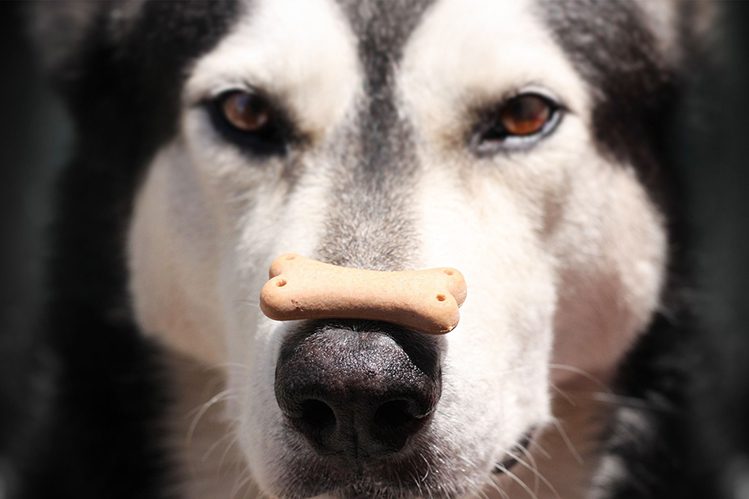
The convenience of using “ready-made incentives” cannot be denied. Special training treats (for example, Mnyams Mini Assorted Bones) are very convenient to carry around. They come packaged in a compact container that fits easily into a training pouch (such as the Hunter Treat Belt Pouch) without getting your hands dirty. Plus, they don’t need to be cooked.
In a word, for successful training and education, such an incentive as a treat is necessary. But, again, the main thing is to know the measure. A workout should be a workout, not an extra dinner for your pet.
Of course, in the process of working with a dog, it is better to combine and combine methods of motivation. This will help you get to know your pet better and find the most effective approach. When rewarding your dog with a treat, be sure to scratch behind the ear and say “okay” or “well done”. Over time, a dog that has already learned the basic commands will learn to work simply for a kind word, but in the early stages of your training, a stronger incentive – a treat – will be needed.
Once again, we note that the dog should be encouraged only after a correctly executed command. If the dog made a mistake or ignored the command, pretend that nothing happened and set the task again. The most important condition of training: you can not stop training until the dog has completed the command. Never stop halfway through class. You must follow through, otherwise the dog will stop perceiving you as a leader.
As a conclusion, I would like to say that you should not demand the impossible or impossible from the dog. Expecting a pug to vigorously conquer high peaks is at least incorrect, and also very cruel.
Plan your workouts taking into account the characteristics of the pet, its qualities and physical characteristics. And do not forget to be his reliable and caring friend: friendship is the key to success!
